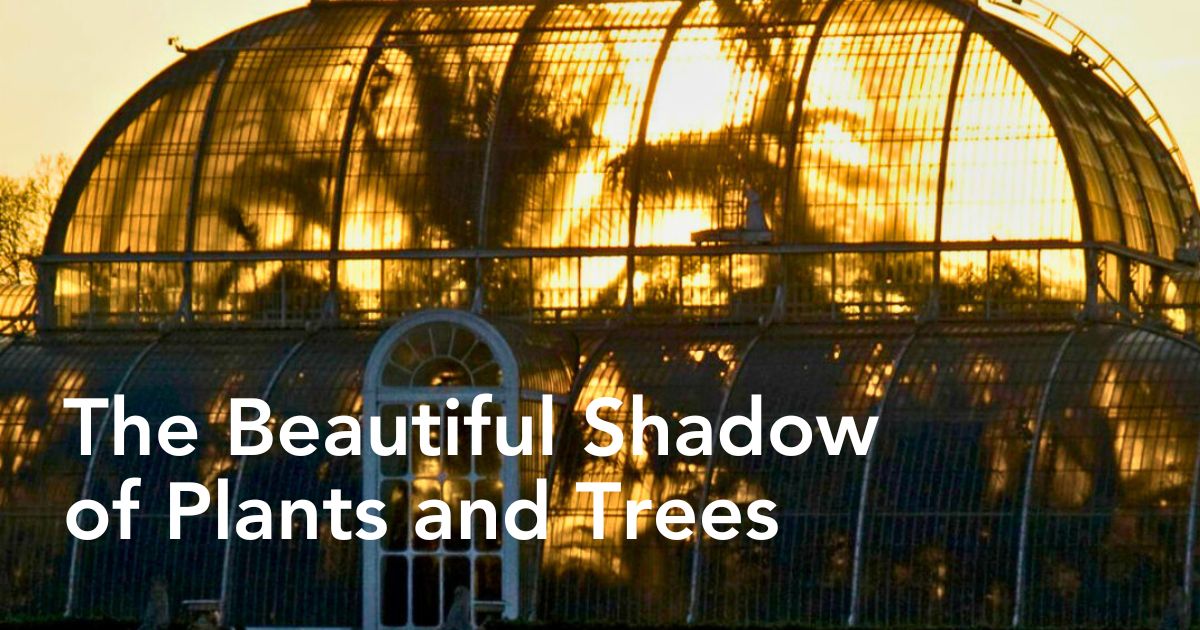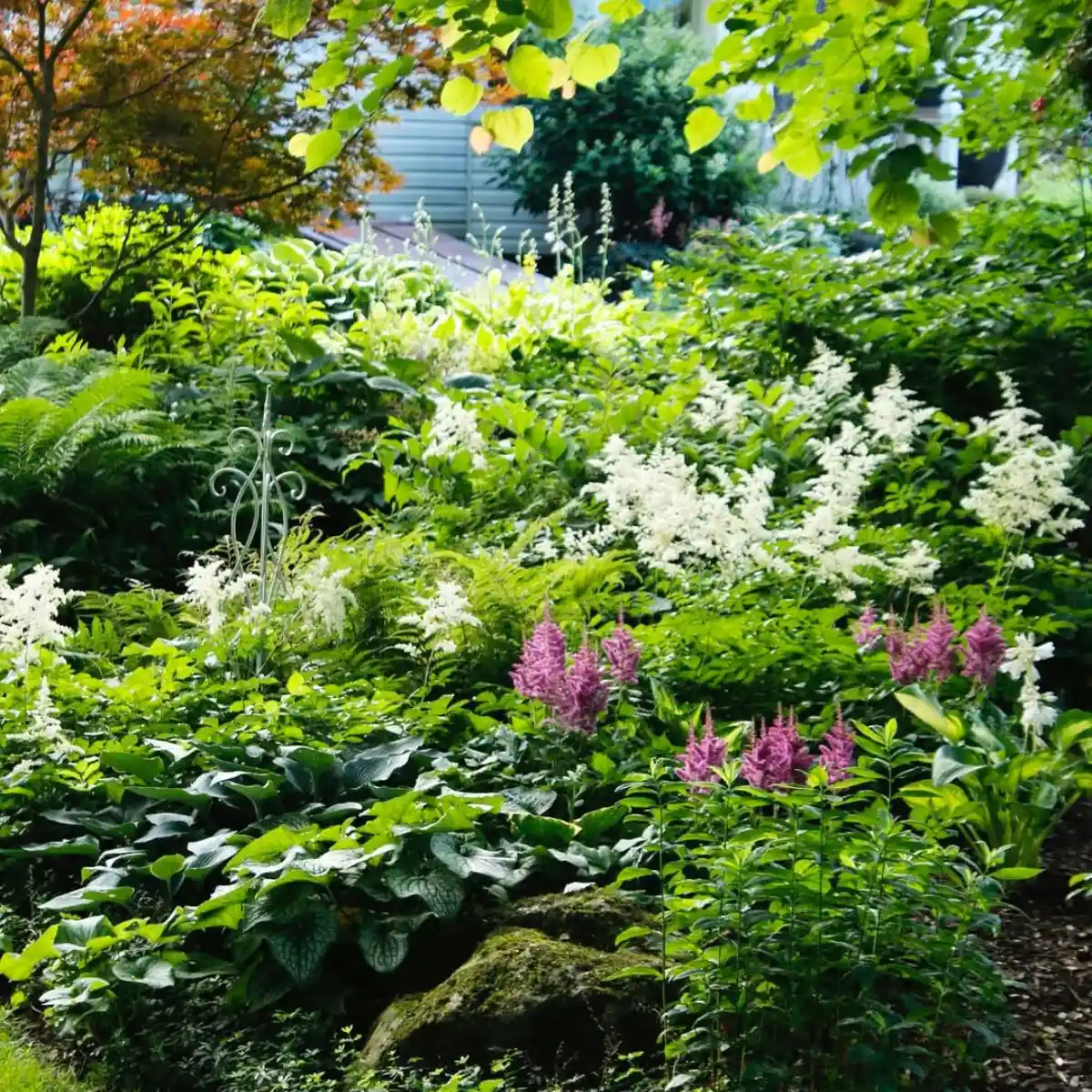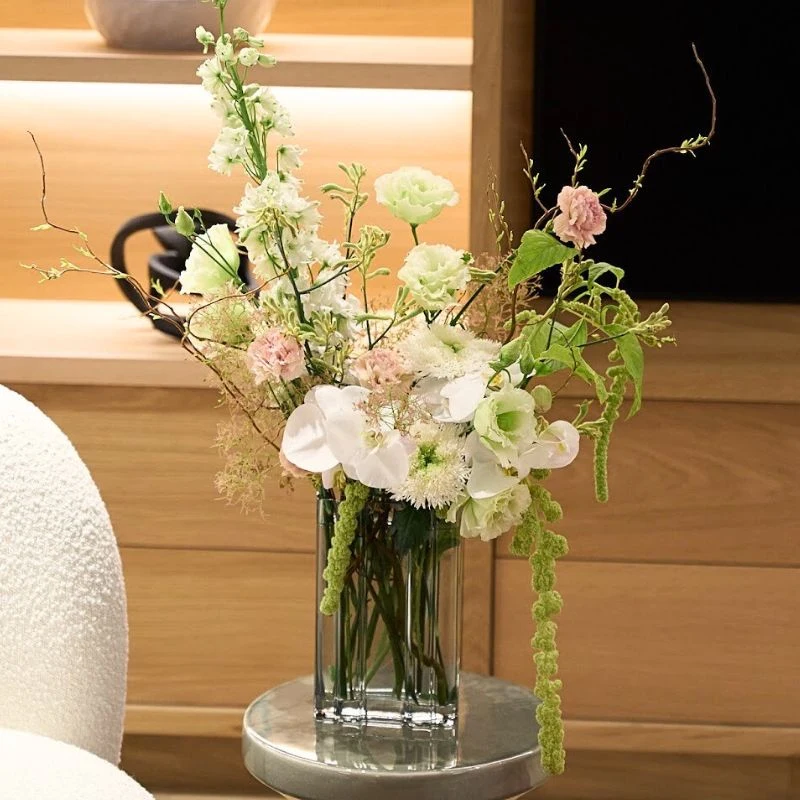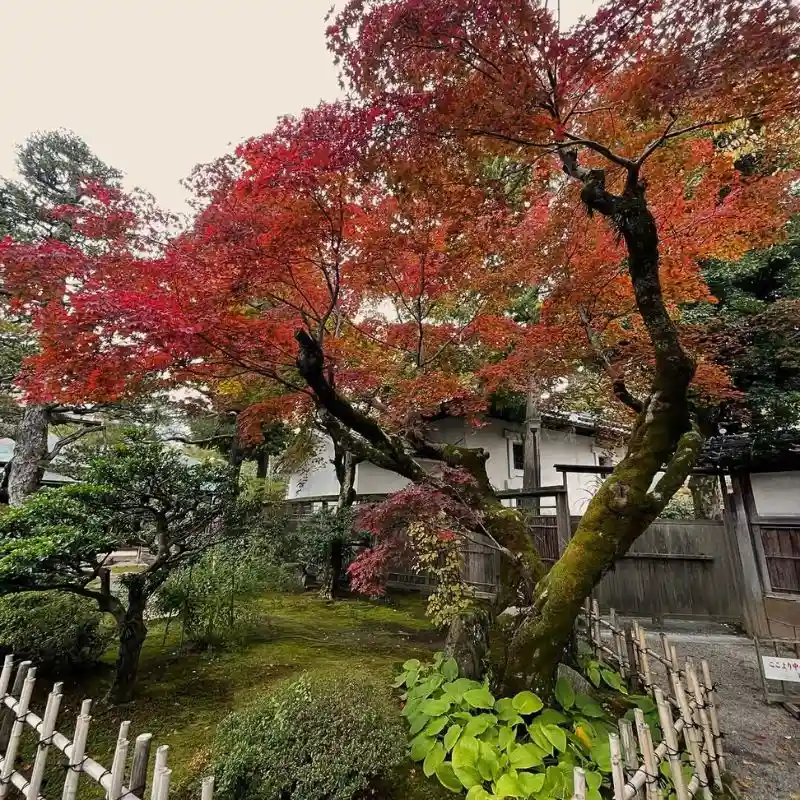Visiting the Royal Botanic Gardens of Kew is like stepping into a living encyclopedia of the natural world. As the largest botanical garden on the planet, Kew spans over 300 acres and holds more than 50,000 plant species, offering an extraordinary glimpse into global biodiversity. It’s a place where science meets beauty, where you can wander through centuries-old trees, tropical rainforests, and desert landscapes—all in a single afternoon. The scale and quiet detail of the garden leave a lasting impression long after you’ve left. Plan your visit for this upcoming season, which is the best time to explore and see all the plants and flowers you want.
The Royal Botanic Gardens of Kew Knew Plants Could Be This Cool
Did you know the gardens date back to the early 18th century, from a royal palace to today's globally renowned scientific institution for plant and fungal research?
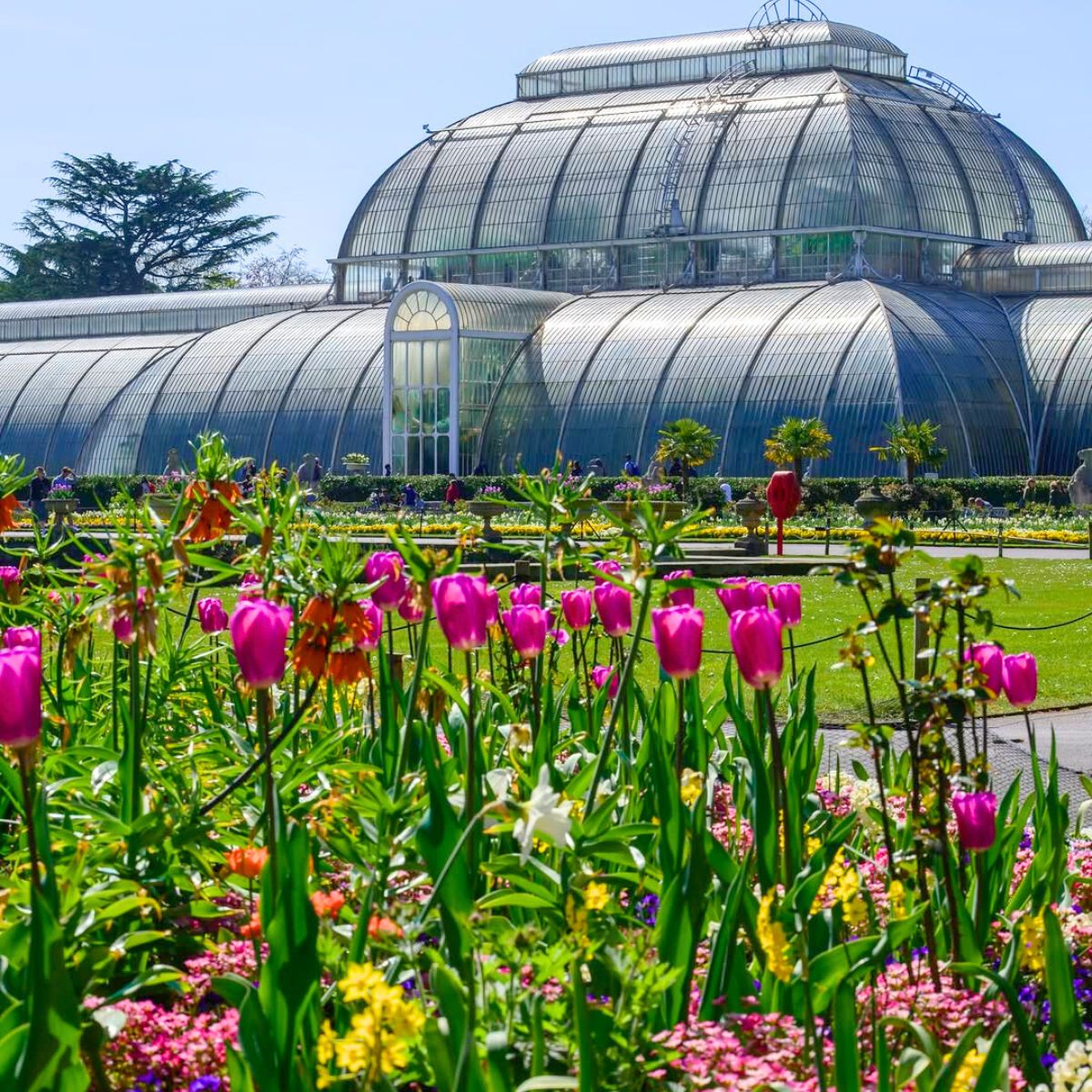
When visiting, you'll discover the world of science behind the Royal Botanical Gardens of Kew, featuring botanical collections with over 50,000 living plants to be found across one of the world's UNESCO World Heritage sites. Get closer to nature and uncover the science behind each plant and glasshouse with this handy list of must-see features.
What's in the Gardens?
Spanning over 300 acres in southwest London, the Royal Botanic Gardens, Kew, is a world-class destination for plant science, history, and immersive landscape design. Home to the largest and most diverse collection of living plants on Earth, this botanical garden offers a wide range of environments to explore—from tropical glasshouses and sweeping arboretums to quiet woodland paths and innovative installations.
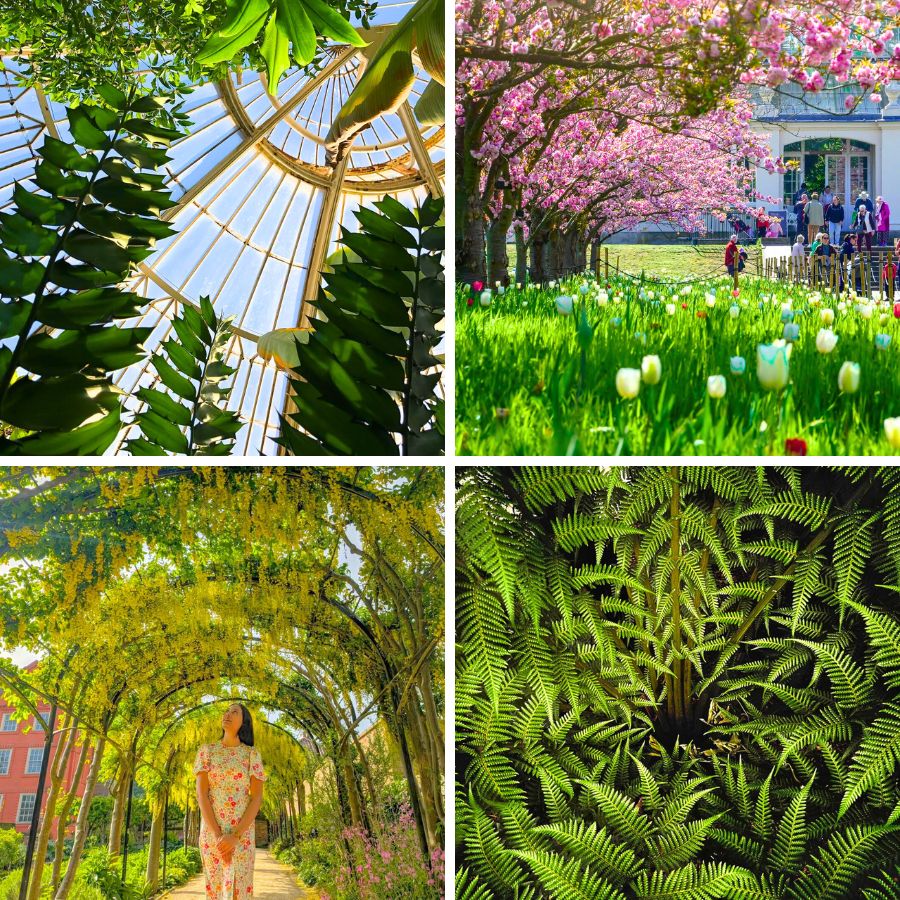
Every section of the garden is designed to show nature in a different light, making a visit to Kew feel like a journey across continents and ecosystems without ever leaving the city. Here's a bit of what you'll be able to see and discover when you visit.
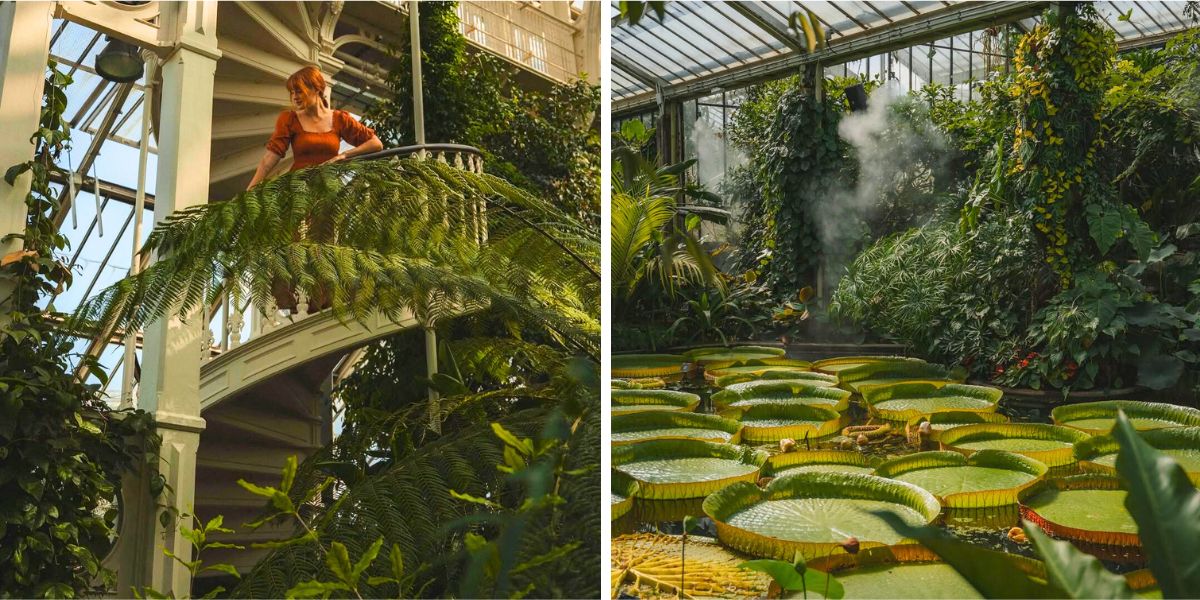
Photos by @thechaosdiaries
Natural Area
Weave your way into the wildness of Kew’s Natural Area with 37 acres of classic woodland. On the border where Kew meets the River Thames, a wilder landscape offers space for a forest adventure or a tranquil wander.
The Natural Area was donated to Kew by Queen Victoria on the condition that the area remains in a wild, untamed state. The contrast is clear the moment you approach the Woodland Walk – a raised trail that takes you through the Natural Area without disturbing the habitat. Tall grasses, wildflowers, and whispering trees surround the shaded path, while butterflies, dragonflies, and damselflies dance through the undergrowth.
Queen Charlotte’s Cottage offers a spot of history and is particularly wonderful in springtime when it is surrounded by bluebells and wild garlic. Gentle yet full of surprises, Kew’s Natural Area promises a scenic adventure off the beaten track.
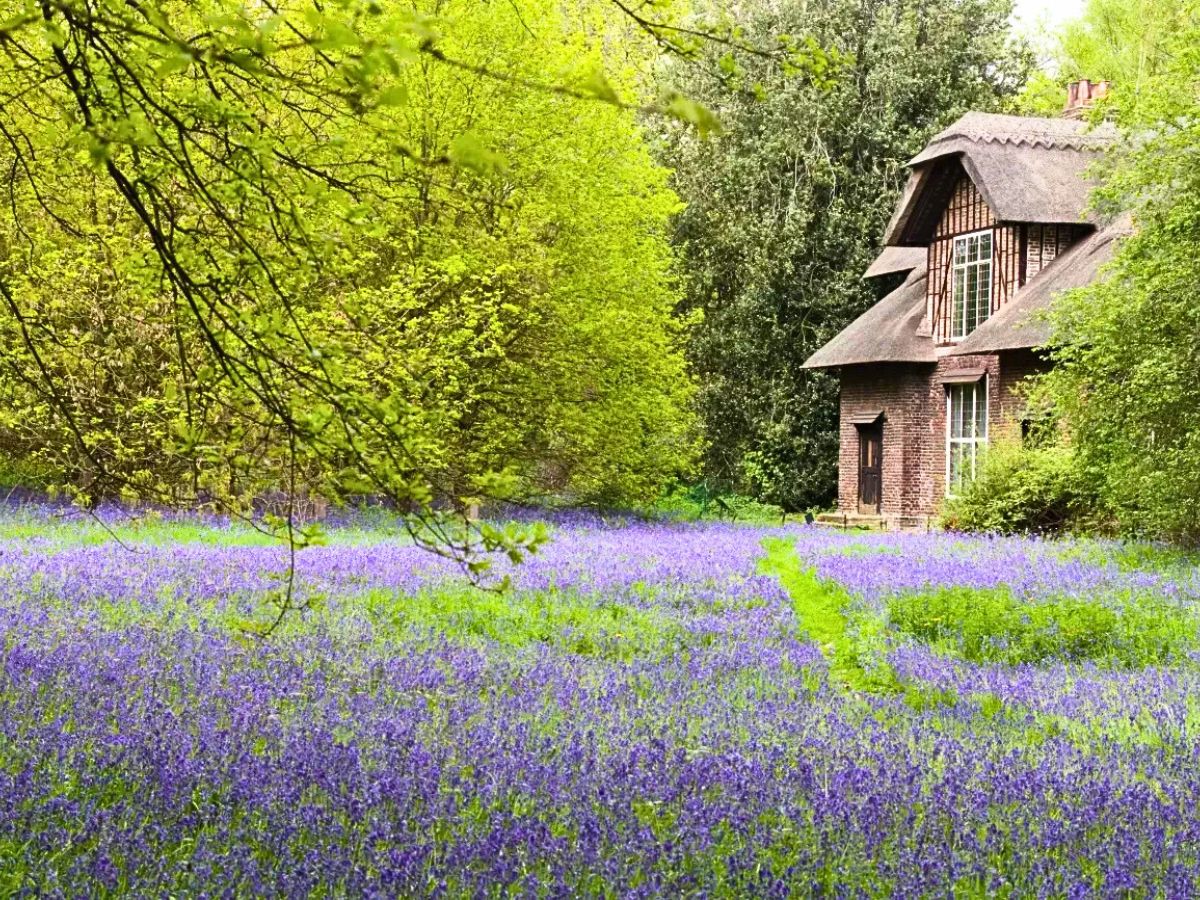
Photo: @kewgardens
Temperate House
Discover rare and threatened plants in the world’s largest Victorian glasshouse. Travel the world in this truly impressive cathedral of plants – home to 1,200 species from Asia, Australasia, the Americas, and Africa. Following a major five-year renovation process, the Grade 1 listed Temperate House re-opened in 2018 to show the splendor of the world’s temperate flora.
As tender plants, most of the species grown in the Temperate House are unable to tolerate temperatures below freezing, with a preferred minimum temperature kept at around 10 degrees Celsius through the UK’s cold winters.

The Temperate House tells the story of how Kew and their global partners are working to rescue plants that are rare or already extinct in the wild. The glasshouse holds significant collections of threatened island flora from some of the earth’s most remote locations, like the Island of Saint Helena, the Pitcairn Islands, and the Juan Fernández Islands.
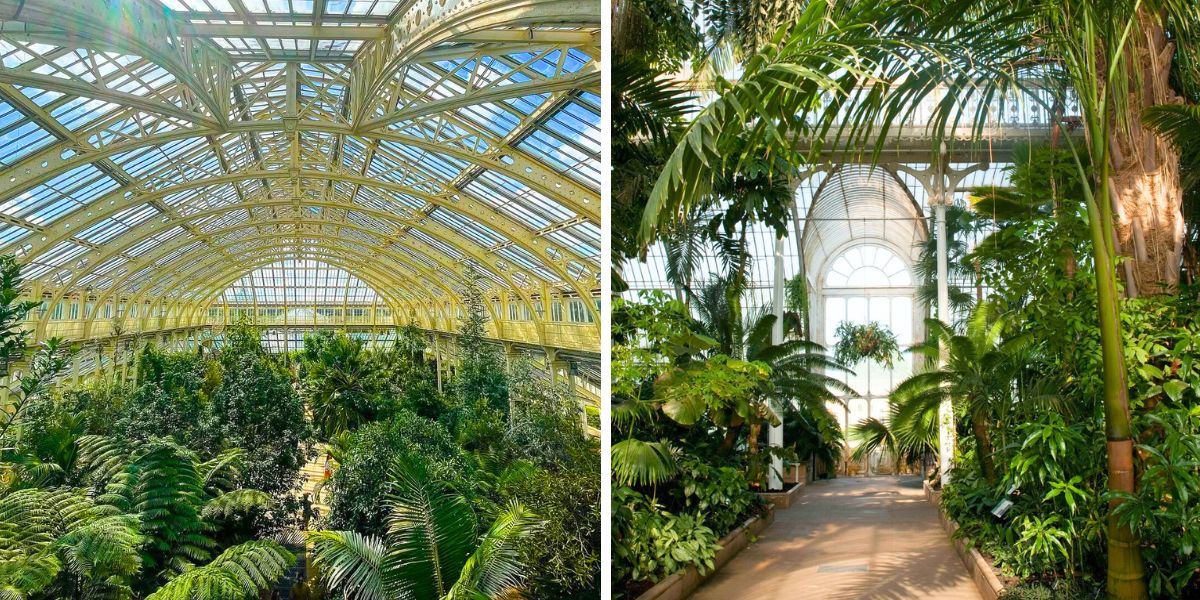
The Pinetum Area at Kew Gardens
Escape into a secluded grove of conifers to discover their ancient presence in landscapes across the world. The Pinetum is a spacious area with gentle undulations, where the tall trees delineate views of the surrounding High Weald landscape. This calm forest, located just a stone's throw from the Winter Garden, features specimens of these primitive plants from across the globe.
A collection of conifers is referred to as a ‘pinetum’ – Kew Gardens features the majestic Mexican Pinus engelmanii, Australia’s Podocarpus, Taiwan’s Taiwania, and Korea’s Japanese cedar (Cryptomeria).
Also, in this area you'll find Wakehurst’s woodlands, which contain specimens of temperate trees from all around the world and carpets of wild flowers which provide contrasting colours throughout the year. Trees are grouped according to the areas of the world in which they grow naturally. Known as a phytogeographic planting system, it’s an amazing way to travel the world from the heart of Sussex.
Davies Alpine House
Venture into high-altitude territory and experience the cool, dry, and windy conditions that allow alpine plants to flourish. Alpines are among the most resilient plants globally, capable of growing at altitudes higher than those of tree survival.
These plants have developed the ability to withstand the harsh conditions found at the Earth’s poles or on mountaintops, ranging from the Arctic to the Alps and the Andes. In their natural habitat, alpines hibernate through the winter, shielded from severe temperatures by a snow cover. Spring snowmelt supplies moisture and uncovers the plants to light. Because of the short growing season, plants need to flower and seed rapidly. They need a lot of light and cool air that is always in motion.
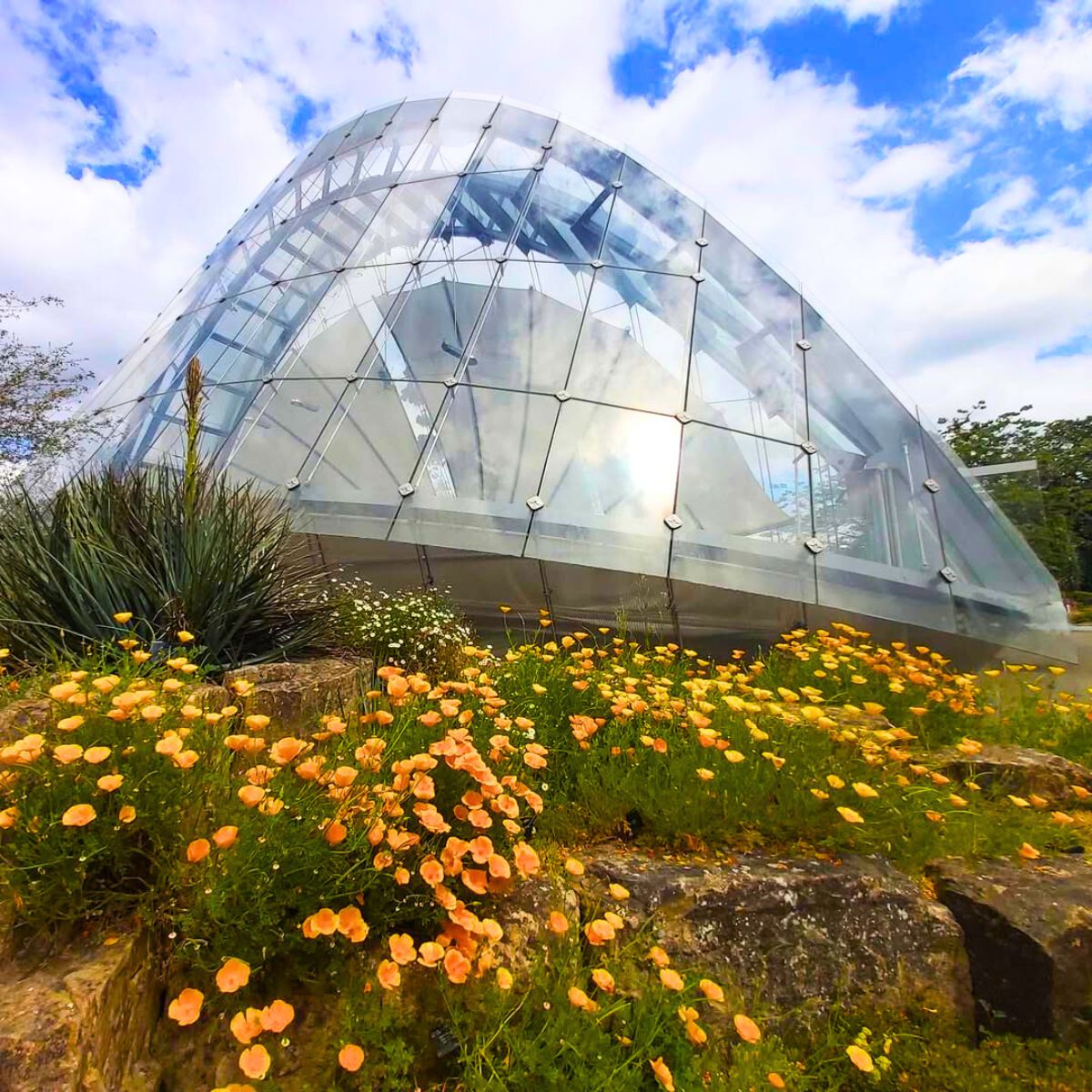
Photo: @botanistlaura
Japanese Landscape
Take a mindful moment in the Japanese gardens, a manicured landscape designed to complement the Chokushi-Mon (Japanese Gateway). The Japanese Landscape, which incorporates a Garden of Peace, a Garden of Activity, and a Garden of Harmony, serves as the perfect setting for quiet contemplation.
The primary entryway opens into the Garden of Peace, a calm space that evokes a traditional Japanese tea garden. Here, routes run between stone lanterns and a water basin that drips. In the Garden of Activity, a slope represents natural elements such as waterfalls, mountains, and the sea, while raked gravel and large rocks depict the movement of water flowing and tumbling.
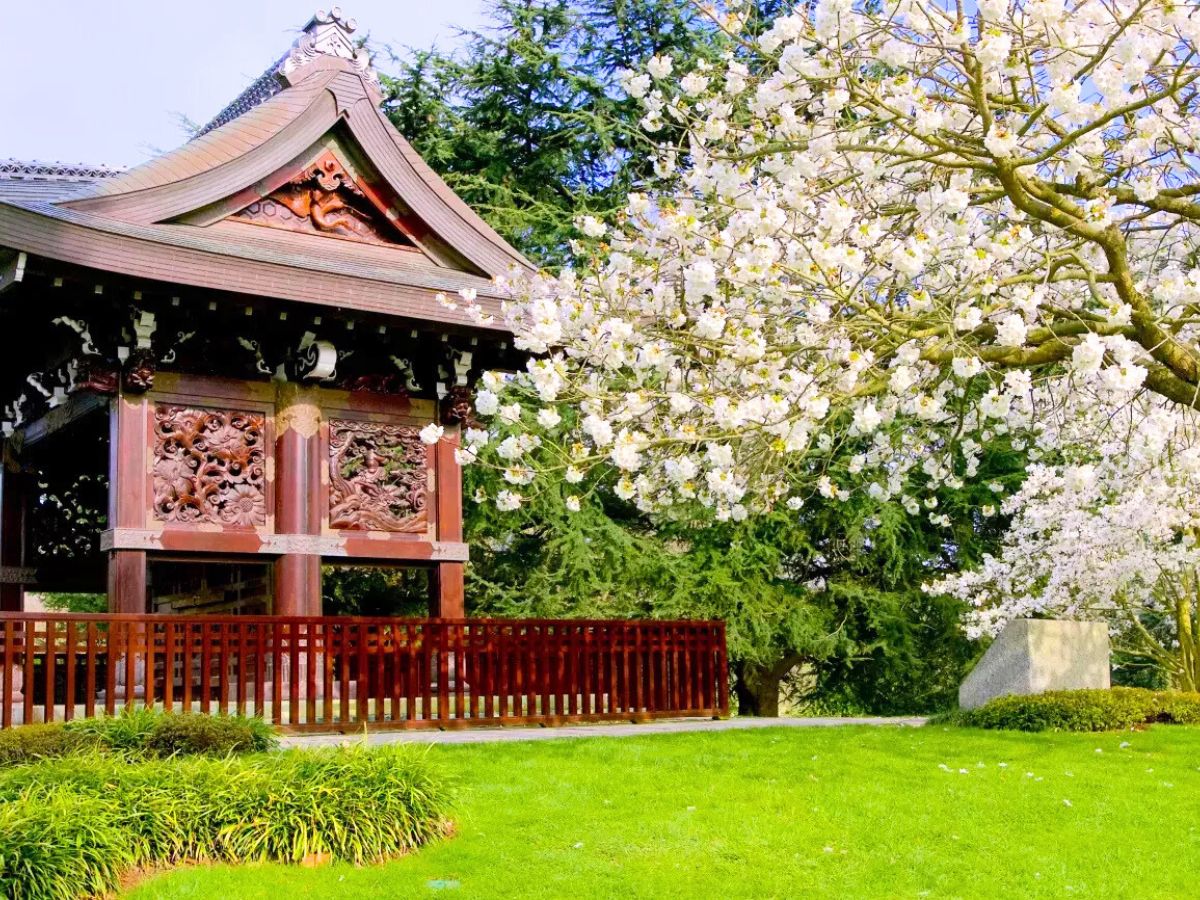
On the Royal Botanical Gardens of Kew's website, you can find the entire list of places to discover at this huge space.
Connecting Even More With Nature in 2025
Best news of all? In 2025, you can connect further with nature and take a personal timeout with 'You at Kew'.
Take pleasure in their selection of activities designed to enhance wellbeing. Kew Gardens offers a variety of activities for all tastes, from an unforgettable yoga experience in the Temperate House to tai chi sessions that exercise both body and mind in nature.

